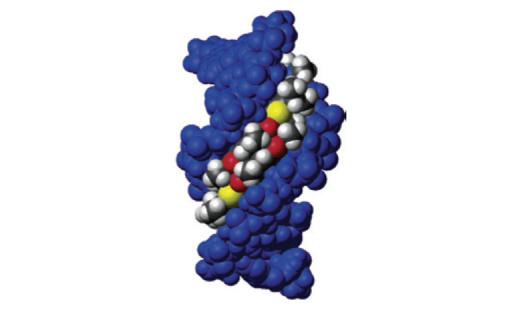DNA Minor Groove Binders-Inspired by Nature
DOI:
https://doi.org/10.17344/acsi.2016.2775Keywords:
Minor Groove Binders, Distamycin, Netropsin, Antibacterial, Thiazotropsin A, Clostridium difficileAbstract
The synthesis and biological activity of a variety of analogues to the naturally occurring anti-bacterial and anti-fungal Distamycin A were explored by a number of authors. These compounds were subject to a large array of assays. Some of these compounds showed high activity against a range of Gram-positive, Gram-negative bacteria as well as fungi. To explore the anti-parasitic activity of this class of compounds, specific modifications had to be made. A number of these compounds proved to be active against Trypanosoma brucei. The binding of a number of these compounds to short sequences of DNA were also examined using footprinting assays as well as NMR spectroscopy. Computer modelling was employed on selected compounds to understand the way these compounds bind to specific DNA sequences. A large number of variations were made to the standard structure of Distamycin. These changes involved the replacement of the pyrrole moieties as well as the head and tail groups with a number of heterocyclic compounds. Some of these MGBs were also investigated for their capability for the treatment of cancer and in particular lung cancer.

Downloads
Published
Issue
Section
License
Except where otherwise noted, articles in this journal are published under the Creative Commons Attribution 4.0 International License
